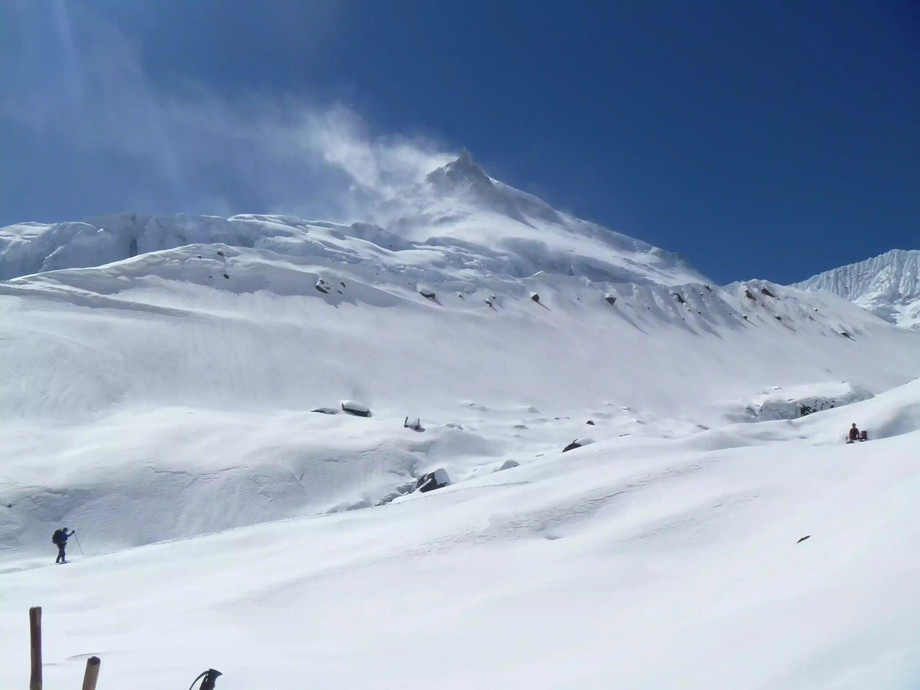Tsum Valley Trek is a journey to one of Nepal’s most peaceful and culturally rich valleys. Located in the Manaslu region, this trek offers a unique experience with ancient monasteries, Tibetan-influenced culture, and breathtaking mountain views. If you're looking for a trekking route that is less crowded but full of history, tradition, and stunning landscapes, Tsum Valley is the perfect destination.
Why Choose Tsum Valley Trek?
-
Less Crowded Trails – Unlike popular trekking routes like Everest or Annapurna, Tsum Valley is still an off-the-beaten-path adventure.
-
Rich Culture – The valley has a strong Tibetan Buddhist influence with ancient monasteries, prayer wheels, and traditional villages.
-
Majestic Mountains – You’ll see stunning views of Ganesh Himal, Sringi Himal, and Buddha Himal.
-
Warm Hospitality – The locals, known as Tsumbas, are welcoming and eager to share their traditions.
-
Sacred Monasteries – Mu Gompa and Rachen Gompa are among the most important Buddhist sites in the valley.
Best Time to Trek
The ideal seasons for the Tsum Valley Trek are:
-
Spring (March to May) – The weather is pleasant, and rhododendrons bloom along the trails.
-
Autumn (September to November) – Clear skies and stable weather make for the best mountain views.
-
Winter (December to February) – It’s colder, but the valley is peaceful, and the snow-covered landscape is magical.
-
Monsoon (June to August) – Trekking is possible, but the trails can be slippery due to rain.
Permits Required
Since Tsum Valley is a restricted area, trekkers need special permits:
-
Manaslu Restricted Area Permit
-
Tsum Valley Restricted Area Permit
-
Manaslu Conservation Area Permit (MCAP)
-
Annapurna Conservation Area Permit (ACAP)
These permits can be obtained through a registered trekking agency, and you need to trek with at least two people and a licensed guide.
Trekking Itinerary (14 Days)
Here’s a general idea of what your trek might look like:
Day 1: Drive from Kathmandu to Machha Khola (8-9 hours)
A scenic drive takes you through green hills, rivers, and local villages.
Day 2: Trek to Jagat (6-7 hours)
The trail follows the Budi Gandaki River with small settlements along the way.
Day 3: Trek to Lokpa (5-6 hours)
You enter Tsum Valley and start experiencing the Tibetan culture.
Day 4: Trek to Chumling (5-6 hours)
The trail passes through pine and rhododendron forests with mountain views.
Day 5: Trek to Chhokang Paro (5-6 hours)
A beautiful village with traditional houses and stunning views.
Day 6: Trek to Nile (5-6 hours)
You will visit Rachen Gompa and enjoy the peaceful environment.
Day 7: Hike to Mu Gompa and explore
Mu Gompa is one of the oldest monasteries in the valley, with breathtaking surroundings.
Day 8: Return to Chhokang Paro (5-6 hours)
On the way back, you can explore more monasteries and interact with the locals.
Day 9: Trek to Lokpa (5-6 hours)
Enjoy the beauty of Tsum Valley as you head back.
Day 10: Trek to Jagat (6-7 hours)
Retracing your steps along the river.
Day 11: Trek to Machha Khola (6-7 hours)
A peaceful walk through villages and forests.
Day 12: Drive back to Kathmandu (8-9 hours)
End your trek with a scenic drive back to the capital.
Accommodation and Food
-
Tea Houses – Small lodges run by locals provide basic rooms with twin beds.
-
Food – Dal Bhat (rice and lentils) is the staple meal, but you’ll also find Tibetan bread, noodles, soups, and vegetables.
Challenges of the Trek
-
Remote Location – The valley is far from modern facilities, so don’t expect luxury.
-
Long Walking Hours – Some days require 6-7 hours of trekking.
-
Cold Weather – Higher elevations can get chilly, especially at night.
Packing List
-
Warm clothes (layers, fleece, and a down jacket)
-
Trekking boots and comfortable socks
-
Sleeping bag (for extra warmth)
-
Water purification tablets
-
Basic medical kit and personal medicines
-
Headlamp and extra batteries
-
Snacks and energy bars
Conclusion
Tsum Valley Trek is a special journey that takes you into a world of ancient traditions, stunning landscapes, and peaceful monasteries. If you love adventure, culture, and exploring lesser-known places, this trek will be an unforgettable experience. It’s not just about reaching the destination but about the people you meet, the stories you hear, and the breathtaking scenery along the way.

